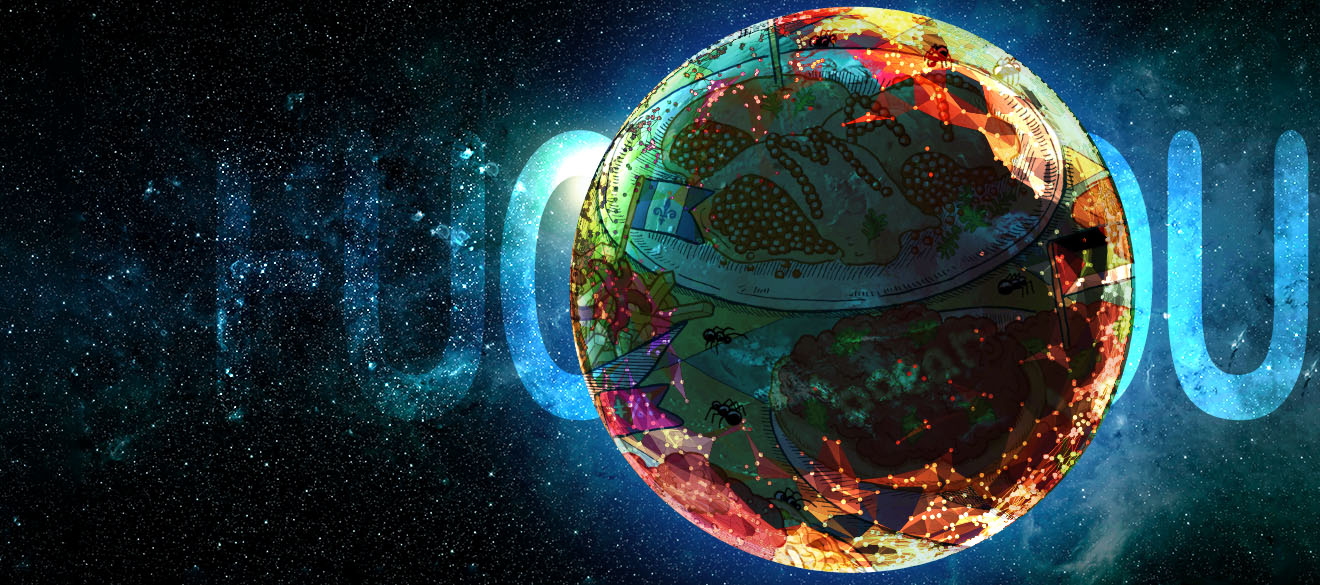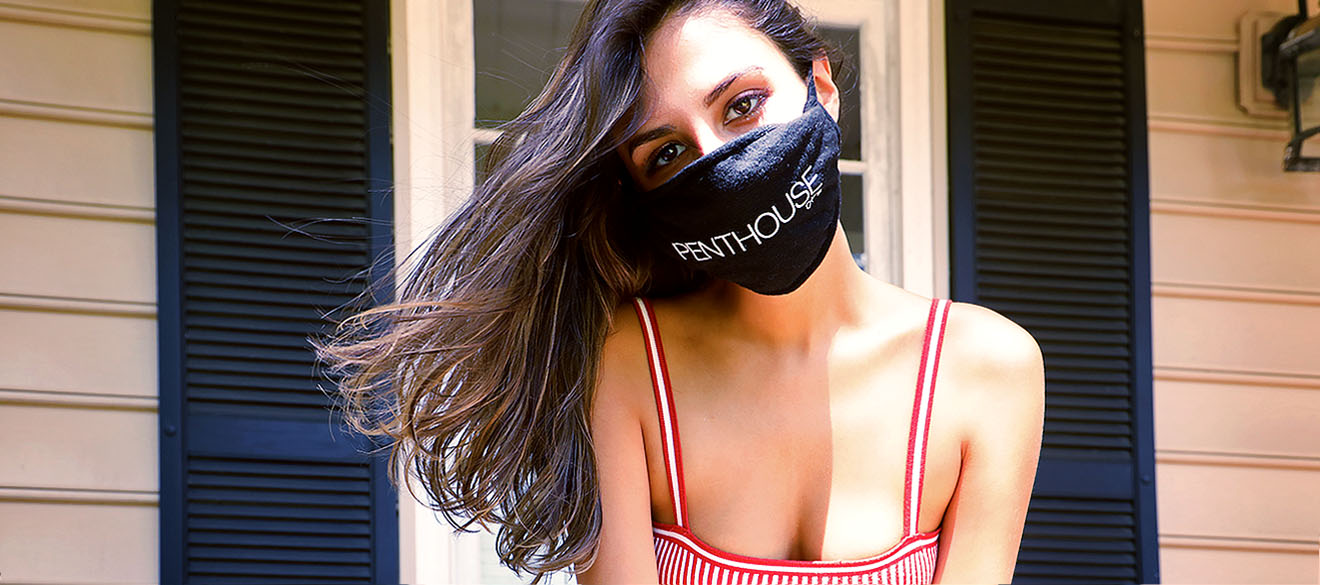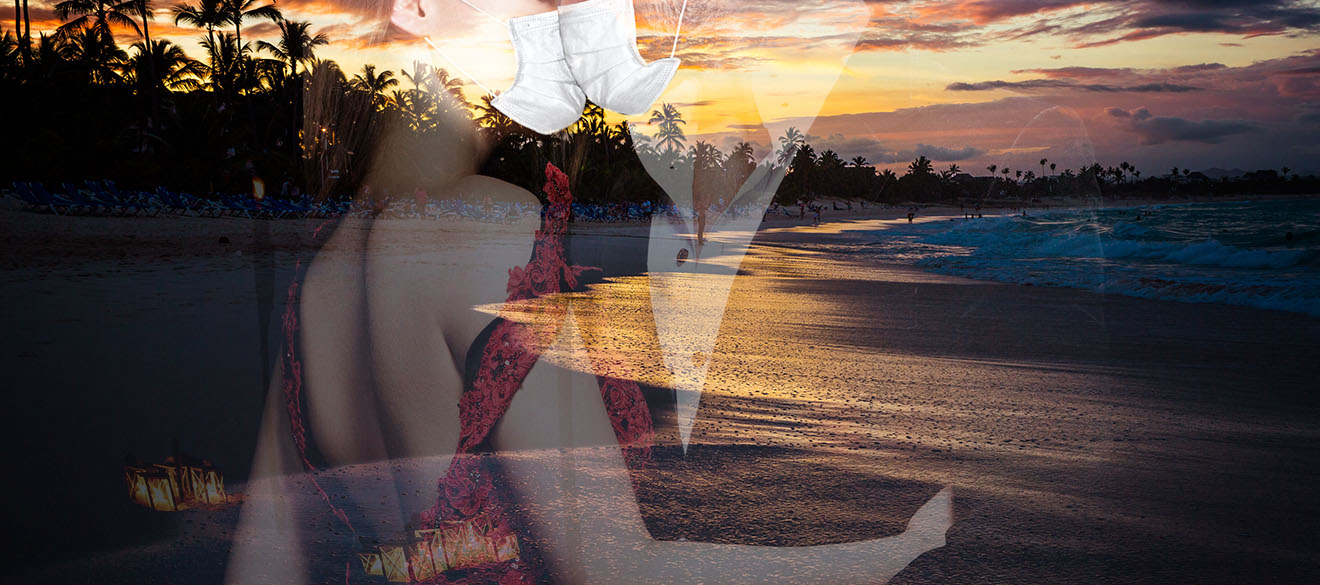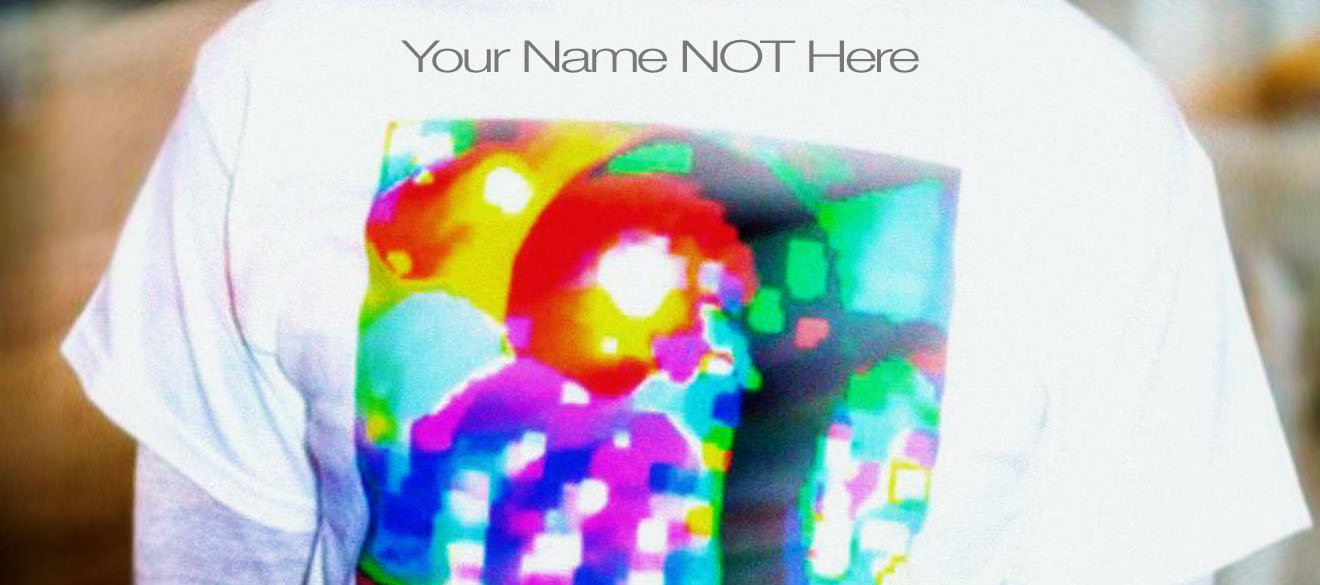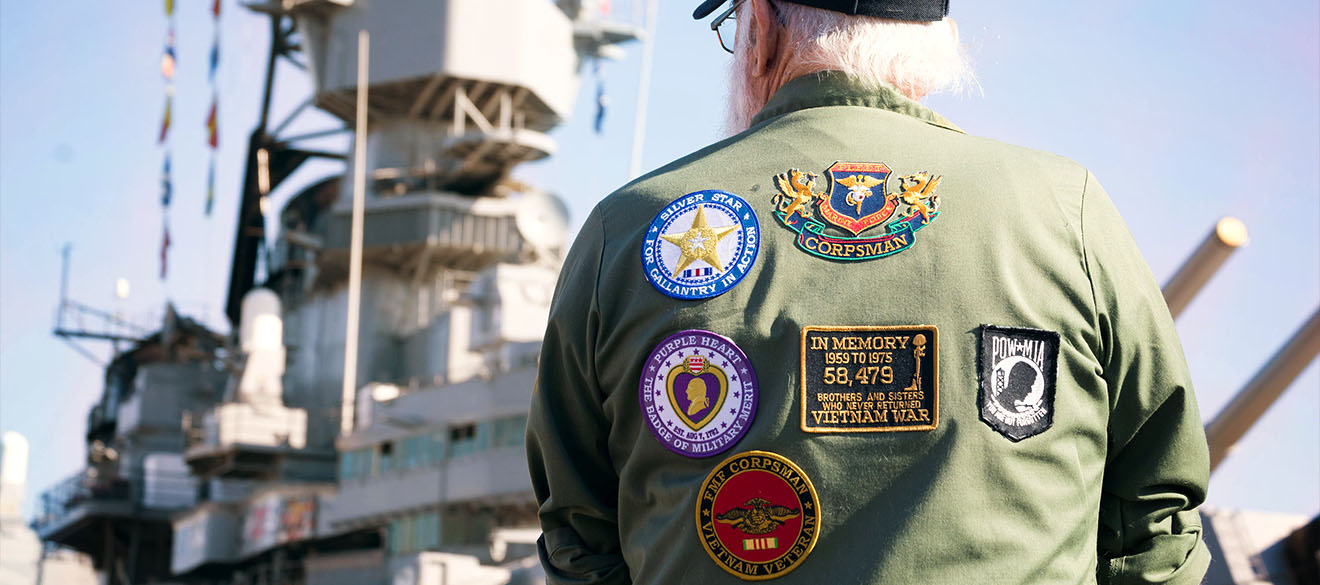How To Say “F***” Around The World
And though it’s a little more advanced, we’d also recommend, I’m deeply sorry for the public urination, officer. My bladder was about to burst.
But the second thing? How to swear like a trucker.
There’s a scene in Don DeLillo’s novel The Names where an American living in Greece is driving with some British friends. He mistakenly turns into a one-way Athens street and the driver coming at him gestures obscenely and yells a Greek word unfamiliar to the American. One of the Brits translates: “Masturbator.”
Another Brit chastises the American for his ignorance, arguing that learning “local terms of abuse and the words for sex acts and natural wastes” is a mark of respect for the culture. Meanwhile, Nobel Prize-winning Mexican poet Octavio Paz says cussing is “the only living language in a world of anemic vocables.”
And you know what? The fucker’s right!
Curse words are not only the funniest, most exciting part of any language, they’re also a great way to blend in with locals and tap into a place’s psyche. Consider “shit.” What does it say about us that we use the word for everything from actual excrement to our personal possessions to a bratty little kid?
Or take “motherfucker.” Any foreigner unclear on our society’s stance on incest would get set straight pretty motherfucking fast if they heard us spit out the word.
There’s also a practical reason for boning up on foreign profanities and slurs: It can save your ass. Knuckleheads, skinheads, fuckheads, homophobes, racists, and other assholes like to yell shit before they jump you, if that’s their game. But there are nuances. The odds of imminent violence go down if the word “cunt” is spoken by an Englishman. On the flip side, if a Canadian twice the size of an average NHL player calls you a “goof” in a bar, you better head for the nearest exit.
Here, then, is our guide to the world’s curse words, sex words, and you-better-run words, with an emphasis on the greatest of them all, the f-word.
MEXICAN SPANISH
You may be familiar with the verb chingar. It might seem like a pretty literal cognate to the English verb “fuck,” with all its offshoots. You can’t get much closer to being a fucker than being un chingón. Except in English, sometimes the word “fucker” can express admiration or affection. Like when we say, “He’s such a funny fucker!” Or, “Are you kidding? I love the fucker!” This approving sense is completely absent in chinga.
Etymologically, chingar means “to rip apart.” Octavio Paz attributes the word’s implicit violence to the Spanish conquistadors who chingado’d — fucked — the Aztec Empire right down the middle. This makes Hernán Cortés the original chingón, but remember, for every fucker there has to be a fuckee. It’s simple physics.
In the case of Cortés, his chingada — that which he fucked — wasn’t just the social fabric of indigenous Mexico. He also literally fucked his native guide and interpreter, Malintzin, aka Doña Marina, leaving her pregnant with the first mestizo child in history, and leaving the mixed-race children to come with the mother of all mommy issues. Traditional nicknames for Malintzin include La Malinche — roughly the Mexican equivalent of Benedict Arnold — La Llorona, the weeping wife, and, easy enough, La Chingada. So if you’ve ever wondered why some Mexicans get so worked up over the casual suggestion that they chinga their madre, maybe it’s because their ancestral madre got about as fucked as you can get.
FRENCH
The French, go figure, have a ludicrous number of expressions for fucking — more words for the act than sexual positions detailed in the Kama Sutra and practiced at Kink.com’s legendary Armory porn studio combined. They also have a variety of excellent fuck-yous, from the plosively straightforward baise-toi to the concise t’encul, which makes the five syllables of “fuck your own ass out” seem like sputtering overkill.
That said, in a culture this nakedly libidinous, insulting someone by referencing fornication doesn’t pack quite the same punch as it does in the U.S., where the “U” might as well stand for “unlaid.” Consequently, to really get a French person’s dander up, you’ve got to take the reverse tack. Try calling them mal baisé and see how long it takes the wine glass in their hand to connect with your skull.
Thanks to the wonderfully polysemous nature of French, with its words carrying so many meanings, when you hurl mal baisé at someone, you’re not only saying they’re “poorly fucked,” you’re also implying they’re terrible at fucking or haven’t ever been fucked at all! In a city like Paris, it’s the ultimate indignity. Sacre bleu!
FRENCH CANADIAN
When France surrendered Canada to England in the 1760s after a war and treaty, it forked Gallic culture in two very different directions.
While the European French underwent centuries of political revolution and social upheaval, their tongues and morals loosening along the way, Québec played relatively nice and let the Catholic Church run the show until the middle of last century. The result is a weird, horny little province where nudity is a regular part of breakfast (google “serveuse sexy”) and B&Bs leave books by the Marquis de Sade on the nightstands, but where the most potent word you can say derives from “tabernacle.” That’s the box in a Catholic church where they keep the communion wafers. Tabernak — French Canadian slang for “fuck” — is used to express immense excitement (akin to “Fucking awesome!”) or when a resident of the province smashes their thumb with a hammer. Tabernak! Tabernak! Tabernak!
Incidentally, two other big curse words are hostie (the wafers themselves) and calisse (the chalice you drink communion wine out of). These words are not only fully interchangeable, you can also cram them all together to make a triple-swear. Ah, calisse d’hostie de tabernak! It’s the holy trinity of cussin’.
REGULAR CANADIAN
These guys say “fuck” the same way we do, but boy, do they say it a lot. Half the time it’s not even really a word, but simply a sound they make to fill in speech gaps, like Americans might say “um” or “like.” If you really wanna get a Canuck’s goat, the best way is to disparage their work ethic. The insult “dog fucker” originated as a reference to someone so lazy they can’t even be bothered to find another human to have sex with, and so look to canines. While laziness is common around the world, proud Canadians really don’t like being called on it.
You can also call them a “goof” — the verbal equivalent of dropping an atomic bomb — to emphasize your Canadian target’s slacker ways. Maybe throw “Canuck” in there for added impact. For some reason it still bums a lot of them out.
ITALIAN
You know your culture might be a little on the religious side when you let the Pope have his own country inside your country. Ditto when you can watch reality TV stars screw on prime-time television, but then get kicked off the air for blaspheming the Lord.
If you’ve spent enough time around Italians, you’ve probably heard all manner of colorful signifiers for copulation and the anatomical components involved.
It’s entirely possible, however, your ears have never been blessed with the king-mother-god-emperor of Italian swears. It’s a two-word phrase so heavy, so laden with fury, that even Italians who regularly exclaim pota di Christo (“Christ’s cunt”) or cazzo Maria (“Mary’s dick”) would hesitate to let it pass through their lips.
You ready for it?
Porco dio. That’s it. “Pig god.” I used to think the porco in porco dio worked the way we sometimes say “porking” to mean “fucking.” Like, “No way, that dude porked Bethany?!” THAT at least made sense. I mean, sure, “fuck god” is a pretty extreme sentiment. But porco does not equal “pork,” not as a verb for “fucking,” not even as a noun. When an Italian yells “Porco dio!” the meaning is literal. “Pig god!”
Totally separate point: Did you know Ani DiFranco is Italian for “Frank’s anus”?
CHINESE
Say tso, like General Tso, but a little crisper on the “T,” like halfway to “ch.” Good, you just said “fuck” in Chinese. Now try tso ni. That’s “fuck you.” And finally, give me a tso ni ma. Very nice. NEVER say that with a Chinese person within earshot. It’s the Mandarin equivalent of saying, “Fuck your mom.”
Mainland Chinese culture is about as coarse as contemporary civilization gets. Be it the back-to-back-to-back trauma of the civil wars, the Japanese occupation, the Communist Revolution, and Mao’s Great Leap Forward, or just an inherent consequence of thrusting a billion people from farming to superpowerdom in less than half a century, even the most sophisticated urban dwellers of the freeishwheeling New China have some pretty rough edges.
If you keep your ears open at fancy government functions, you’ll hear the word shah-bih (“stupid cunt”) continuously muttered by everyone, from party ministers to the janitor.
Likewise, if you go to a punk rock show, prepare to have NU-BIH! shouted at you from all angles. In practice, it’s the equivalent of yelling “Fuck yeah!” But if you punch it into Google Translate, you get “cow vagina.” How agrarian is that?
ARABIC
God love a society where you can pick a fight by calling someone a shoe. “Hey! You’re a shoe!” BLAM. Seriously, though, don’t go calling folks “shoes” in the Middle East. Nor dogs, donkeys, or sons of these animals. They’ve already got enough on their regional plate without having to deal with your sass-mouth. That said, if somebody’s giving you a hard time, and you happen to be in the Fertile Crescent, a brisk, exasperated بعبوس (pronounced “baaboos”) should make your feelings about the situation pretty plain. Its literal meaning strays a bit from conventional notions of fucking, and is a lot closer to “get your finger out of my asshole,” but it nicely nails the spirit of being fucked with.
RUSSIAN
Cursing in Russian could be its own article. Hell, its own book. Hell, it is a book. Punk ethnographer Alexei Plutser-Sarno, part of the same Moscow art collective that gave us Pussy Riot, has been assembling a multivolume dictionary of mat for the past 15 years. Mat — pronounced “maht” — is Russian for “obscene language.” It derives from the Russian word for “mother,” as in “Go fuck your mother.” Real nice, Russia.
This mother tongue is so extensive, the first volume of Plutser-Sarno’s dictionary runs over a thousand entries and consists solely of expressions using the Russian word for “cock,” хуй (pronounced “kwee”). So far he’s published three volumes of a projected 12: volume two’s all “pussy” (пиздá /“pizda”), while three is for “fuck” (ебáTь /“yebát”). He’s currently working on the next two volumes: four will continue his “fuck” work, while five focuses on “fucked.”
That’s right. The Russian f-word needs an entire dictionary for a single participle. Bear this in mind before you set out to get your ass kicked in the Russian Federation. If you think you’re getting under someone’s skin by calling their mom a сук /“suk” (“bitch”) or a блядь /“blyad” (“whore”), you need to know you’re in a whole separate league from people who regularly drop the word сукблядь /“sukblyad” (“bitchwhore”) in casual conversation and who are so far past telling you to go “fuck your mom” that they now just say, “Go to your fucked mother” (иди к ебаный мать /“idi ka’ebenyi mat”). Besides, блядь /“blyad” has become so commonplace in Russian speech, it’s turned into a conversational hesitation tool like “um” or “uh,” or a Canadian’s use of “fuck.”
Muscovites and their fellow Russians will probably just assume you have a very slow stammer.
EVERY OTHER LANGUAGE
Here’s the thing. No matter where you are on this great planet, if you really want to say the word “fuck” and have locals instantly understand you, just say “fuck.” No translation needed. Hip-hop, Hollywood movies, and the internet have done the heavy lifting for you. For all the lame aspects that have followed globalization and Western cultural hegemony (example: Bangkok is home to the world’s second-largest Starbucks), it’s helpful to remember that at no other point in human history has it been as easy for an American to be an asshole wherever he or she wants.
Thomas Morton is a writer, documentary-maker, and the creator of the TV series “Balls Deep.” He has learned to swear in the vernacular of 42 different countries, although a lot of them tend to run together.





